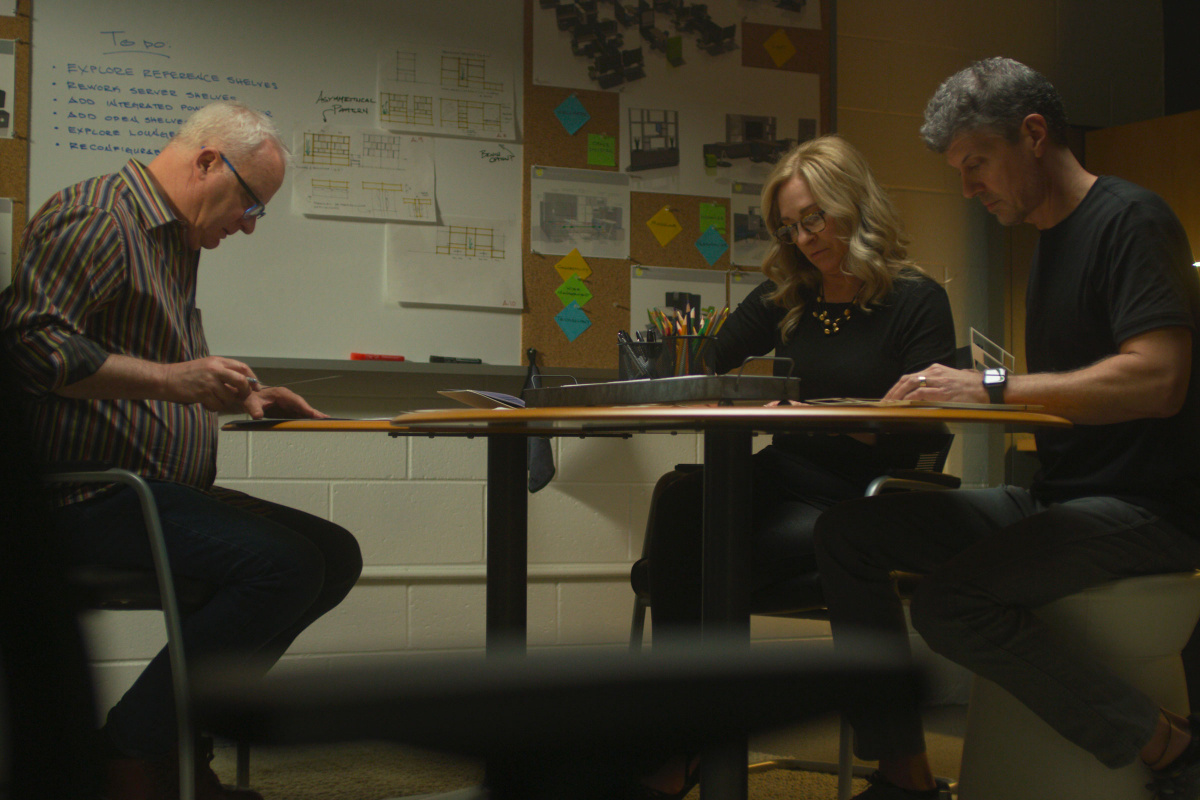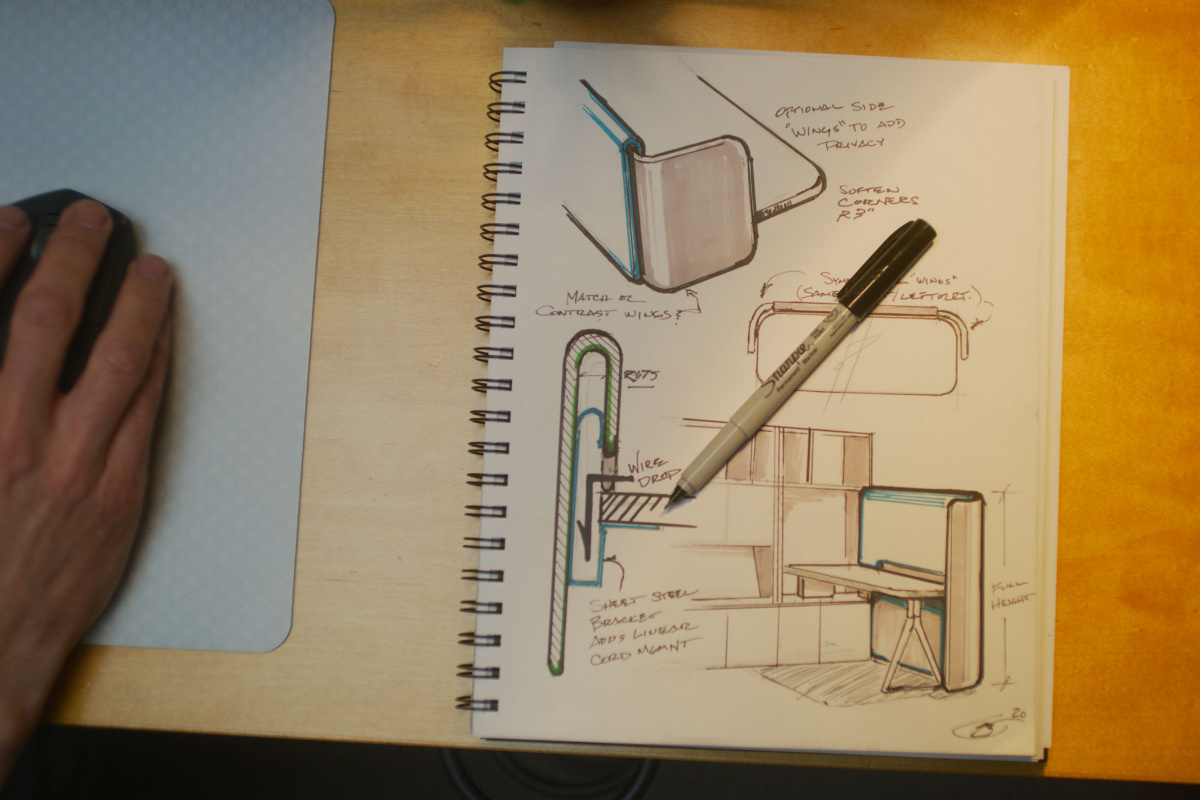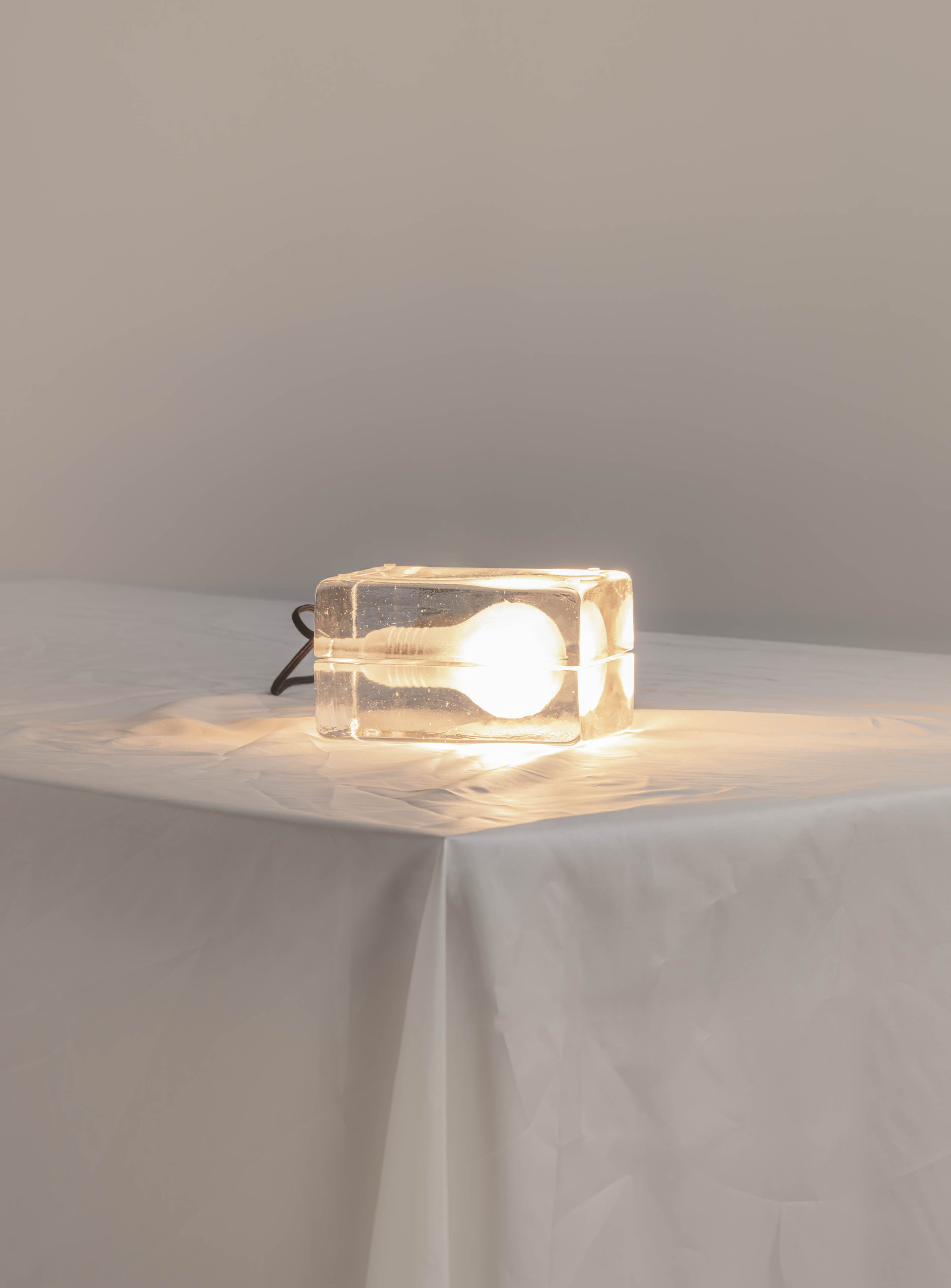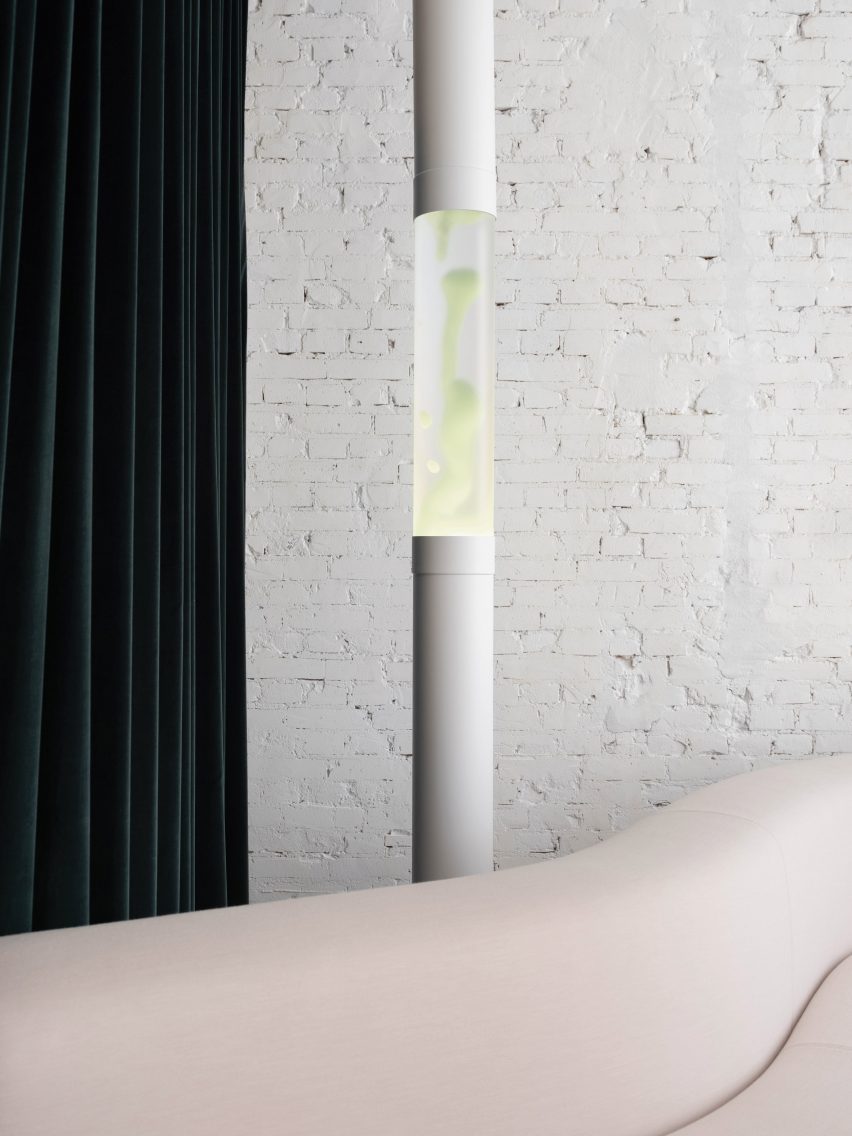Consider your first day at a new job. The uncertainty, the expectations, the first impressions. It’s nerve-racking for most, and it’s why workers often add something familiar and comforting—a photograph, a favorite plant—to their desks within the first couple of days on the job.
“The first thing people do is personalize their workspace,” says Lynda Chesser, one-half of the design duo that is the Grand Rapids-based firm CSD Studio. “As designers, we’re always looking at how a product can make a space more inviting or a person happier.”
Lynda and design partner Chad Zimmerman worked to design a more comfortable office environment—EverySpace—in collaboration with furniture brand Kimball.
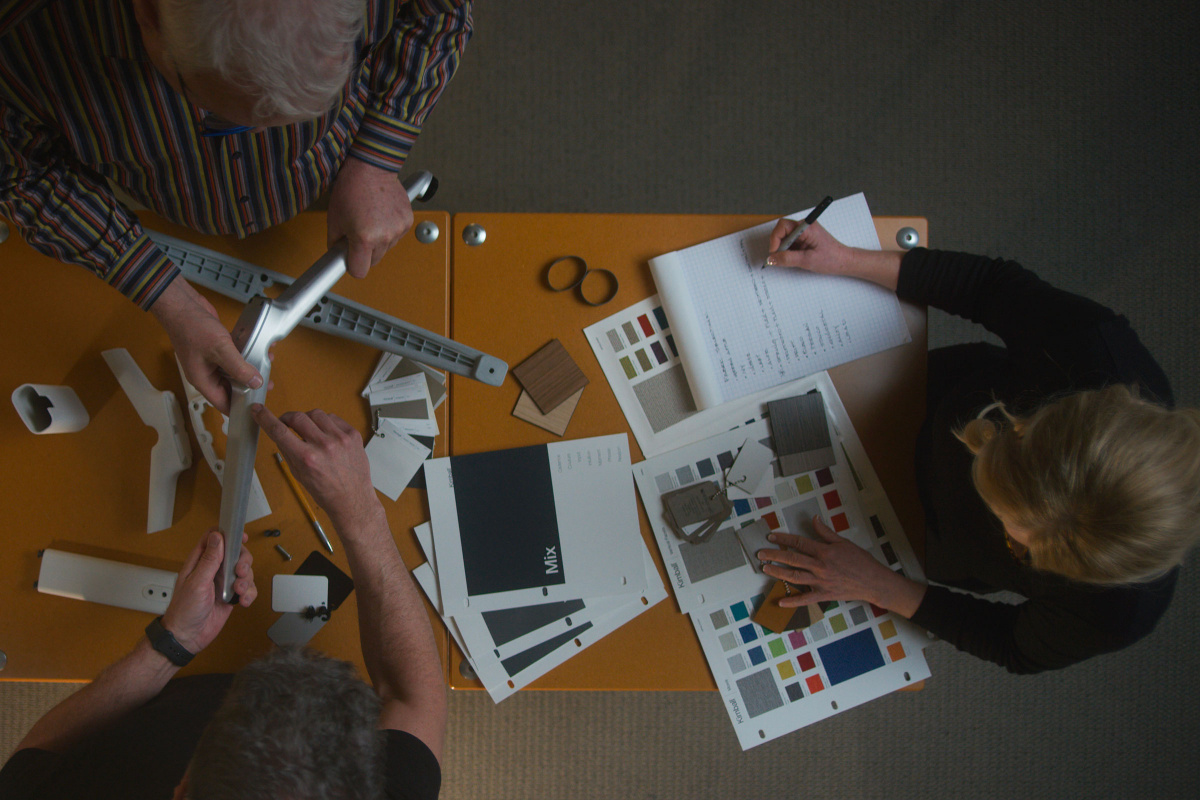
The CSD Studio team works to design a scalable workplace solution. Photo courtesy of Kimball
The team used their workplace—a large and dark former warehouse brought to life in part by their own personal belongings—for inspiration. “You want to be in places you can personalize. Whether that’s with your knickknacks or photos of family or biophilia or lighting or color or texture—it’s all of the things. When I look around at our own office space, we have done that. It has awards we’ve won, books we’ve read, clocks, pottery. It’s a space we want to be in.”
That human-centered approach—asking what do people need?—dates back to the ethos of CSD Studio 30 years ago. “Years ago our approach was a bit unique because a lot of product designers were industrial designers—they looked at furniture and products more from the point of view of the item, not how the product functioned in the space and its relationship to people.”
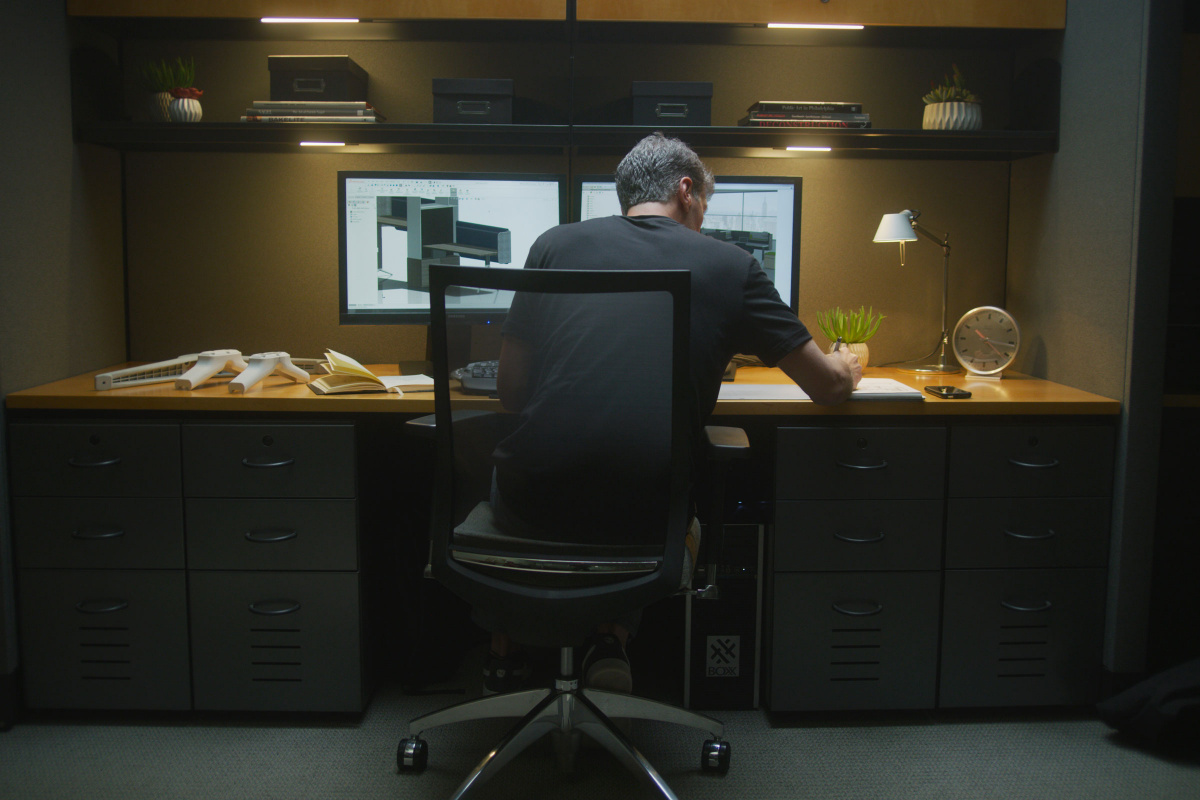
CSD Studio Design Director Chad Zimmerman brings sketches to life in 3D. Photo courtesy of Kimball
For EverySpace, CSD Studio wanted to continue that idea of inviting people to personalize their workspace—to feel at home even when they were at work. They wanted to make something that made people feel comfortable—giving them a space that fit them, allowing them to talk to coworkers if they wanted, and offering up as much or as little room as needed.
“You can create spaces that inspire people to go to work and to be more productive—spaces where people want to be,” Lynda says. “Work can be very stressful, so what are the elements you can design into furniture to reduce stress?”
They started with a bookcase unit. “It has a nice visual rhythm, but at the end of the day it’s flat surfaces; it’s boxes,” Chad says.
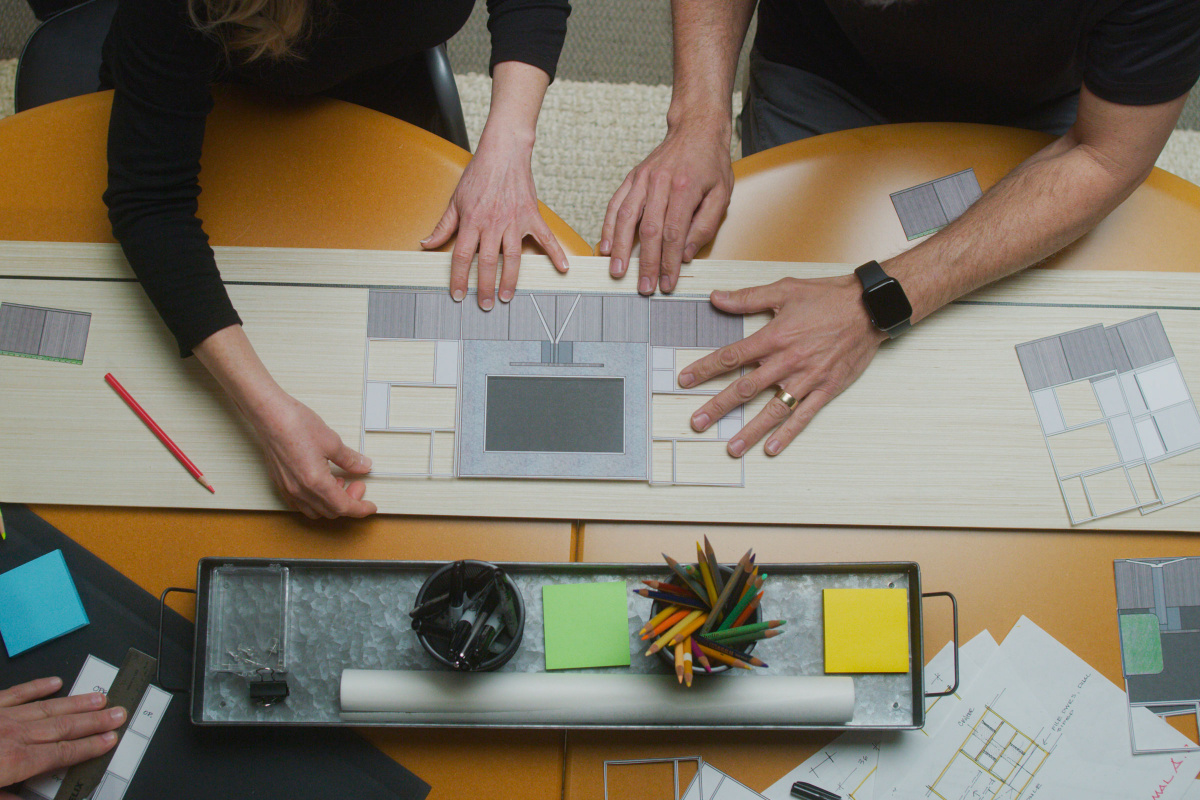
Photo courtesy of Kimball
Lynda started mocking up some high-level sketches, and Chad brought those sketches to life in 3D. “We solid-modeled it and looked at every nuance in three-dimension. Once we got to where we had that kit of parts built, we assembled full floorplates to test out our product digitally,” Chad says.
They added a few comforts of home—like easy to add on shelves for personal mementos and planters for a little more greenery. They included height-adjustable desks and incorporated power and data access into the work surfaces and seating, as well as hidden storage. Then they softened the edges and looked at the legs, where they kept coming back to the same question: What were the leg supports going to look like?
“We kept circling back to more organic forms to soften the space—forms that play against that hard rhythm,” Chad says. “We made this beautiful sculptural leg support to play off those hard surfaces.”
- CSD Studio works from their Grand Rapids, Michigan–based studio. Photo courtesy of Kimball
- Sketches of EverySpace. Photo courtesy of Kimball
Instead of what Chad calls an often expected, “off the shelf” option for height-adjustable desking, CSD designed a sculptural leg that connects seamlessly to the height-adjustable desks for a more designed, cohesive look.
CSD ultimately took EverySpace’s basic components—the bookcase units, storage cabinets, and dividers—and made what they call flexible micro-environments, allowing users to build taller and wider or keep things closer and more private using the tiered system. “The idea was to create a product that allows organizations and designers to tailor the space to their work culture,” Chad says.
A version of this article originally appeared in Sixtysix Issue 07 with the headline “Designing for Every Space.” Subscribe today.

